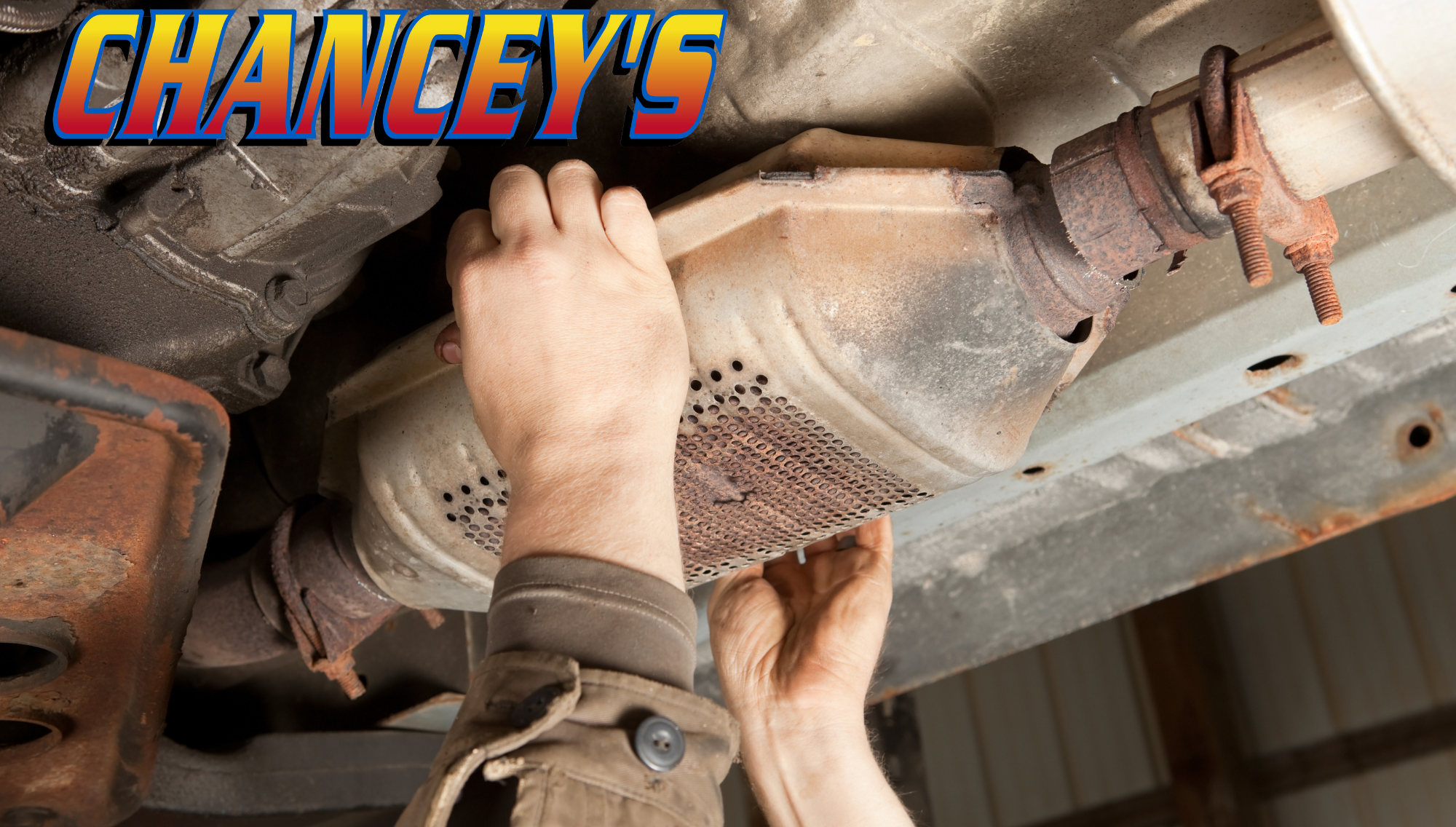Tips on How to Salvage Parts

Ready to dive into the exciting world of salvage yards and uncover some hidden automotive treasures? Salvaging parts can save you a ton of money and is a lot of fun, it helps to be prepared. Here's a friendly guide to help you get the most out of your salvage yard adventure at Chancey’s Truck and Auto Salvage, in Augusta, GA, complete with essential tools and practical tips.
1. Come Prepared with the Right Tools
Socket Set
First things first, bring a comprehensive socket set. Cars are held together with various bolts; you’ll need the suitable sockets to tackle them all. A suitable socket set will include metric and standard sizes to cover all bases. Make sure to have some deep sockets and extension bars. They’re lifesavers for reaching those pesky bolts tucked away in tight spots.
Pry Bar
A pry bar is your best friend when it comes to separating parts that are rusted or tightly fitted. It provides the leverage needed to pry apart panels, remove trim, and lift components without damaging them. Carry a few different sizes. Smaller pry bars are great for delicate work, while larger ones offer more leverage for more challenging jobs.
Screwdrivers
Don’t forget a set of screwdrivers, both Phillips and flathead. These are essential for removing screws from dashboards, door panels, and other interior parts. Magnetic-tipped screwdrivers can prevent those pesky screws from dropping into unreachable areas.
Adjustable Wrench
An adjustable wrench is super versatile. It can be adjusted to fit a range of bolt and nut sizes, making it a handy tool when your socket set doesn’t quite fit. Choose one with a comfortable grip to save your hands from fatigue during long salvage sessions.
Cutting Tools
Bring a hacksaw or bolt cutters for those times when you encounter rusted or non-removable fasteners. These tools make it easy to cut through metal parts and fasteners. Ensure your cutting tools have blades designed for metal. They’ll last longer and cut more efficiently.
2. Dress for Success
Salvage yards can be dirty, greasy, and sometimes hazardous, so dress accordingly. Wear old clothes you can get dirty, sturdy boots for protection, and gloves to protect your hands from sharp edges and debris. Safety glasses are a must. You never know when something might fly up and hit you in the face.
3. Research Before You Go
Spend some time researching the parts you need and where they’re located on the vehicle. This saves a lot of time wandering around the yard. Make a list of the parts needed and the corresponding vehicles. Check online forums or join a community of car enthusiasts. They can provide valuable insights and tips on where to find specific parts.
4. Navigating the Salvage Yard
Once at the yard, walk around to get a feel for the layout. Look for organized sections where cars are grouped by make and model. This helps locate vehicles with the needed parts. Ask the yard staff for help. They often have a good idea of where specific cars are located.
5. Inspect Before You Extract
Before removing a part, inspect it thoroughly to ensure it’s in good condition. Look for any signs of damage, excessive wear or rust that could make the part unusable. Bring a flashlight and a mirror. These tools can help you inspect hard-to-see areas and ensure you’re not missing any hidden damage.
6. Careful Extraction
When you find the needed part, take your time removing it. Use your socket set, screwdrivers, and pry bar carefully to avoid damaging the part or surrounding components. If a bolt or screw is stubborn, apply some penetrating oil and let it sit for a few minutes to loosen it. Bag and label small parts and fasteners as you remove them to save you a lot of headache when it’s time to reassemble everything.
7. Negotiating and Paying
Once you have your parts, head to the yard’s office to pay. Many salvage yards are open to negotiation, especially if you’re buying multiple parts or if the parts are in less-than-perfect condition. Be friendly and respectful. Building a good relationship with the yard staff can lead to better deals and insider tips on new arrivals. Salvaging parts from a yard can be incredibly rewarding. You save money and get the satisfaction of doing the work yourself. With the right tools, some preparation, and a bit of patience, you’ll be well on your way to becoming a salvage yard pro. For more information, please fill out our contact form or call us at 706-842-7299.

